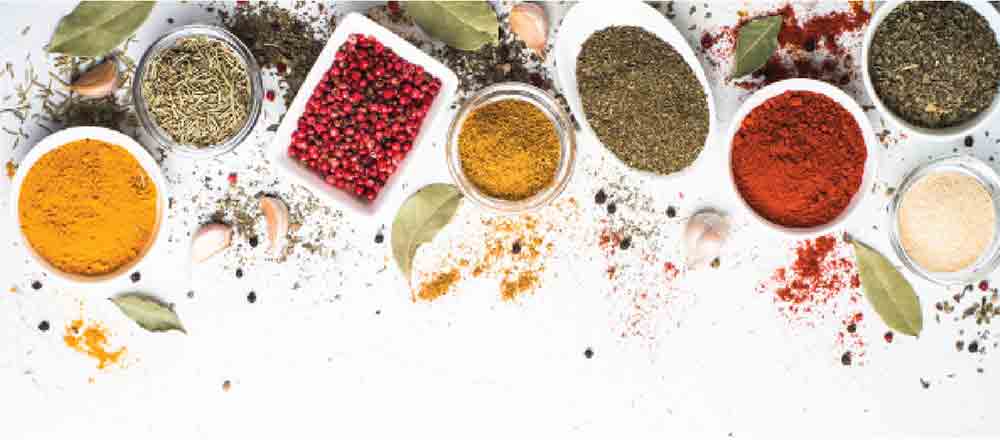
By Tim Scallon, MS RDN LD
Registered Dietitian Nutritionist
One of the more mundane tasks of growing up on a farm was shelling peas. As kids, when Mom bought a bushel of peas, we knew to make ourselves scarce. But she knew eventually we would have to come in for supper. And after a good homecooked meal, there sat the bushel of peas ready to be shelled. Countless generations have spent summer evenings sitting on the porch shelling peas.
On one of our trips to England, we stopped in a shop in York that specialized in peas and there in the bin in this tiny shop across the Atlantic were purple hull peas along with black eyes and others. The shop keeper was a jovial sort who was delighted to have visitors from the states and particularly from the south. He knew our history of eating this nutritious food which most Europeans regard as animal fodder.
Although rich in nutritional value, beans and peas are relatively bland in flavor. So, our ancestors used fat and salt to render a bland food into a delicious entree. Add cornbread and milk and you have a good meal that will feed the family for pennies. Fresh collard greens were added bringing color and more nutrients. And as they became more affluent, meat usually pork was added to the meal. And so, we have today a traditional meal that is delicious and nutritious all be it a bit high in saturated fat and sodium.
The peas we grew up eating belong to a food category known as pulses. Pulses include beans, peas, lentils, lupins and peanuts. Pulses are a significant source of protein, dietary fiber, resistant starch and minerals. Resistant starch is one of the good carbs that is slowly digested as opposed to sweets which are digested fast and spike our blood sugar. These carbs feed our beneficial gut bacteria. A healthy gut microbiome improves our immunity and reduces cholesterol. Beans and peas make an excellent meat alternative or can be served as a side as our grandparents often did. And by making a few alterations, we can maintain flavor and improve the health spectrum of this dish.
In South Asian cuisine, a curry is a mixture of spices and herbs that are used to make a flavorful sauce. This sauce is combined with various meats, seafood or vegetables and served with rice. The curry powder found on the spice aisle of your grocery store is typically a blend of turmeric, coriander, cumin, ginger, fenugreek, various peppers and other spices. This type of spice blend was first exported to Britain in the 18th century when Indian merchants sold spices to the British East India Company. Commercially prepared spice blends of this type have been marketed in the West ever since. Unfortunately, the curry blend we find in the store is not a popular item making it less fresh when bought. It is therefore often less flavorful than fresher blends. Remember the older the spice, the less flavor it retains. There are companies that specialize in fresh herbs and spices and after a few clicks on your phone, they appear magically at your door! I have found Penzys to be a reliable source for good spices.
This month’s nontraditional recipe for purple hull peas combines the flavors of Indian curry with the healthful benefits of this favorite southern pea. These are not the peas your grandmother made but rather an interesting alternative. By adding spices, we reduce the amount of salt. Replacing the pork fat with olive oil reduces saturated fat and cholesterol. A bit of butter adds additional flavor to offset the loss of the pork.
These days at the farmer’s market, we can buy a pound of purple hull peas already shelled! We buy enough to put in the freezer for later. Hallelujah! My pea shelling days are over!
Tim Scallon is a registered dietitian nutritionist with years of experience practicing nutrition therapy in local hospitals and clinics, teaching nutrition and developing healthy recipes. He is a Nacogdoches resident and he helped create the popular TV show Memorial Cooking Innovations celebrating the world of food and health. Memorial Cooking Innovations has featured in 62 cities and is locally available on Sudden Link cable channel 2 in Nacogdoches.
Curried Purple Hull Peas
Serving Size: 1/6 of Recipe
Serves: 6
Ingredients
—1 tablespoon EV olive oil
—1 tablespoon butter
—½ large onion diced
—2 cloves garlic, diced
—½ teaspoon salt
—1 teaspoon coarse black pepper
—1 teaspoon curry powder (Penzys)
—½ teaspoon ground cumin
—1 tablespoon dried oregano
—¼ teaspoon cayenne (Vary up or down depending on your preference)
—3-4 cups low sodium vegetable or chicken broth, divided
—2 tablespoons tomato paste
—1 pound fresh purple hull peas
—3 tablespoons parsley, chopped
Directions
•Heat the oil and butter in a large pan over medium heat. Add the onion and sauté until soft. Add the garlic and spices and sauté until fragrant, 1-2 minutes. Stir in a half cup of the broth to make a nice flavorful curry. Stir in the tomato paste until well blended. Add the peas and stir until well coated. Add 2½ cups of the broth and the parsley. Cover and bring to a simmer. Reduce heat to maintain a simmer and cook until the peas are tender, ~40-50 minutes. Add more broth as needed.
•Serve with pita bread or a hearty fresh bread.
Note: Penzys spices are much fresher than typically found in grocery stores. If using another brand, you may want to double the curry powder. Tube tomato paste allows use of small amounts and keeps well in the fridge.
Exchanges per serving:
½ Lean Protein, ½ Starch, 1 Fat
Nutrients per serving:
Calories: 91
Calories from fat: 41
Total Fat: 5g
Saturated Fat: 2g
Cholesterol: 5mg
Sodium: 281mg
Carbohydrate: 10g
Dietary Fiber: 3g
Protein: 3g









Comment
Comments